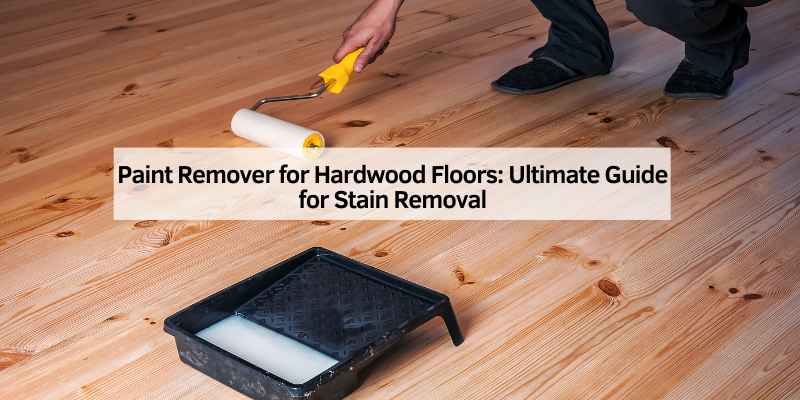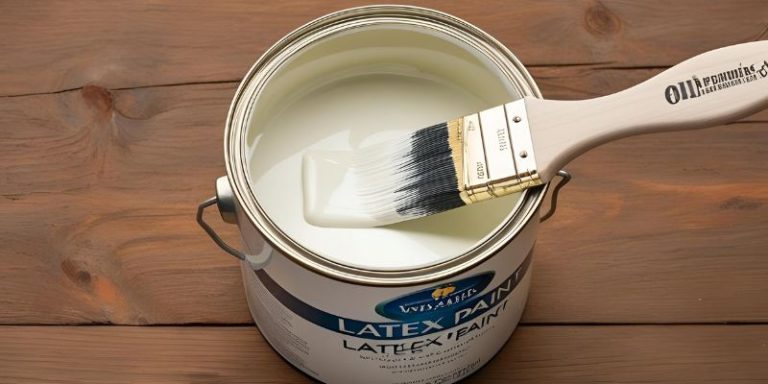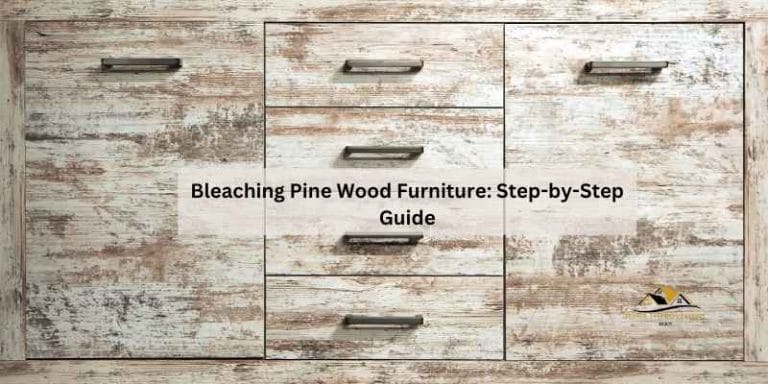Paint Remover for Hardwood Floors: Ultimate Guide for Stain Removal
The Ultimate Guide to Paint Remover for Hardwood Floors: Restoring Your Wood’s Natural Beauty
Accidents happen, and a splash of paint on your beautiful hardwood floors can be a homeowner’s nightmare. Whether it’s a rogue drop from a DIY project, a child’s artistic mishap, or a spill from an opened can, the sight of dried paint marring your wood can be disheartening. Fortunately, with the right approach and the correct paint remover hardwood floors products, you can effectively tackle these stubborn stains and restore your wood’s original luster. This comprehensive guide will walk you through everything you need to know about choosing and using paint removers safely and efficiently.
Understanding the Challenge: Paint on Hardwood
Hardwood floors are prized for their warmth, durability, and timeless elegance. However, their porous nature can make them susceptible to staining, especially from substances like paint. Unlike tile or laminate, wood can absorb liquids, and dried paint can bond with the wood’s surface, making removal a delicate process. Aggressive scrubbing or the wrong type of chemical can damage the finish, scratch the wood, or even alter its color, turning a minor inconvenience into a major repair. The key to successful paint removal lies in understanding the type of paint, the finish of your hardwood, and selecting a paint remover hardwood floors solution that is effective yet gentle.
Types of Paint and Their Impact on Removal
Before you reach for any paint remover hardwood floors product, it’s crucial to identify the type of paint you’re dealing with. Different paint formulations require different removal strategies.
Latex or Water-Based Paints: These are the most common types of household paints. They are generally easier to remove than oil-based paints, especially when still wet. For dried latex paint, mild solvents or even warm, soapy water can sometimes do the trick. However, if the paint has been on the floor for a while and bonded strongly, a more specialized remover will be necessary.
Oil-Based or Alkyd Paints: These paints are more durable and harder to remove. They often require stronger chemical solvents for effective dissolution. Be extra cautious when using these types of removers, as they can be more aggressive and potentially damage the wood finish if not used correctly.
Enamels and Varnishes: These finishes are designed for durability and can be quite challenging to remove. They often require potent removers and a more patient approach.
Choosing the Right Paint Remover for Hardwood Floors
Selecting the appropriate paint remover hardwood floors product is paramount to avoid damaging your precious flooring. Here’s a breakdown of the options:
Natural and Mild Solutions: For minor latex paint spots or fresh spills, you might consider gentler methods first.
Warm Water and Mild Soap: For very fresh latex paint, a damp cloth with a bit of dish soap can sometimes lift the stain.
Rubbing Alcohol (Isopropyl Alcohol): This can be effective on latex paint. Apply a small amount to a cloth and gently rub the paint spot. Test in an inconspicuous area first.
Vinegar: Diluted white vinegar can sometimes help break down latex paint. Apply, let sit for a few minutes, and then gently wipe.
Commercial Paint Removers: When milder options fail, you’ll need to turn to specialized products.
Soy-Based or Citrus-Based Removers: These are often considered more environmentally friendly and less harsh than traditional chemical removers. They work by breaking down the paint’s polymers. They typically have a lower VOC (Volatile Organic Compound) content and a milder odor. These are excellent choices for paint remover hardwood floors when you want to minimize exposure to strong chemicals.
Solvent-Based Removers: These are powerful and effective for tough paint stains, including oil-based paints and enamels. However, they can also be harsh on wood finishes. Look for products specifically formulated for use on wood or that explicitly state they are safe for finished hardwood floors. Common active ingredients include methylene chloride (though increasingly being phased out due to health concerns), NMP (N-methyl-2-pyrrolidone), or d-limonene (a citrus solvent often found in stronger formulations). Always read the label carefully.
Specialized Wood Floor Cleaners with Paint Removal Properties: Some wood floor cleaners are designed to tackle tougher spots, including paint. These can be a good option if you have a very mild paint stain and want to avoid a full-blown paint remover.
Important Considerations When Selecting a Paint Remover:
Finish Compatibility: Always check if the paint remover hardwood floors product is safe for your floor’s finish (e.g., polyurethane, wax, oil). Some removers can strip or dull certain finishes.
Ventilation: Ensure the product you choose is suitable for indoor use and provides adequate ventilation instructions.
Toxicity: Be aware of the toxicity and flammability of the product. Wear appropriate personal protective equipment (PPE).
How to Use Paint Remover on Hardwood Floors Safely and Effectively
Once you have your chosen paint remover hardwood floors product, follow these steps for the best results:
1. Preparation is Key:
Ventilate the Area: Open windows and doors. If using a strong solvent, consider a fan to improve air circulation.
Protect Yourself: Wear chemical-resistant gloves, eye protection (goggles), and consider a respirator if working with strong fumes.
Test in an Inconspicuous Area: Before applying to the main stain, test the paint remover hardwood floors product on a hidden spot of your floor (e.g., inside a closet or under a rug). This will ensure it doesn’t damage the finish or color.
2. Application:
Read Product Instructions: Every paint remover hardwood floors product is different. Follow the manufacturer’s directions precisely.
Apply Sparingly: Apply a small amount of the remover directly to the paint stain. Avoid spreading it to the surrounding wood if possible. You can use a cotton swab, a small brush, or a clean cloth for precise application.
Allow Dwell Time: Let the remover sit on the paint for the recommended time. This allows it to break down the paint. Don’t let it dry out on the surface.
3. Removal:
Gentle Scraping: Use a plastic scraper, a putty knife with a soft cloth wrapped around the edge, or an old credit card to gently lift the softened paint. Avoid metal tools that can scratch.
Wipe Away: Wipe away the loosened paint and remover with a clean, absorbent cloth. You may need to repeat the application and scraping process for stubborn paint.
4. Cleaning and Restoring the Finish:
Neutralize (If Necessary): Some removers may require neutralization. Check the product label.
Clean the Area: Wipe the cleaned area with a damp cloth to remove any residue from the paint remover hardwood floors product.
Dry Thoroughly: Ensure the area is completely dry.
Repair the Finish: After the paint is removed and the wood is clean and dry, the finish in that area might be compromised. You may need to apply a matching wood polish, touch-up stain, or a clear coat to restore the sheen and protection. For significant damage, professional refinishing might be necessary.
When to Call a Professional
While most paint spills can be handled with DIY paint remover hardwood floors solutions, there are times when it’s best to call in the experts:
Large or Old Stains: If the paint covers a large area or has been on the floor for a very long time, professional restoration might be more efficient and less risky.
Delicate or Antique Wood: If you have valuable antique wood floors or a particularly sensitive wood species, professional advice is highly recommended.
* Damage to the Finish: If you’ve attempted removal and inadvertently damaged the wood’s finish, a professional refinisher can help repair the area seamlessly.
Conclusion: Maintaining Your Beautiful Hardwood
Dealing with paint on your hardwood floors doesn’t have to be a disaster. By understanding the types of paint, choosing the right paint remover hardwood floors product, and following proper application techniques, you can effectively remove stubborn stains and preserve the beauty of your wood. Always prioritize safety by ensuring good ventilation and wearing appropriate protective gear. A little patience and the correct approach can save your floors and ensure they remain a stunning feature of your home for years to come. Remember, the goal is to remove the paint while protecting the integrity and natural charm of your hardwood.






